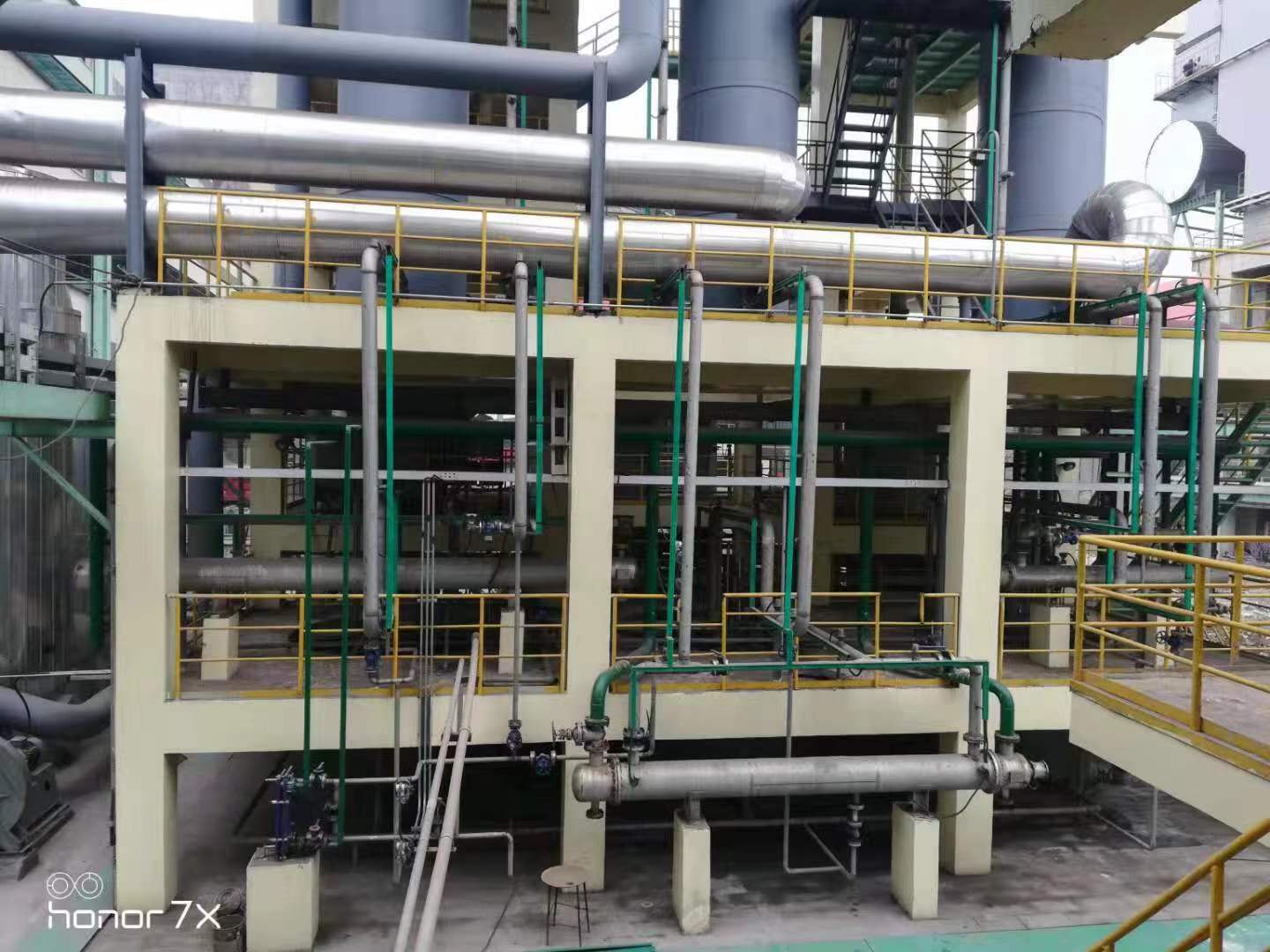Views: 0 Author: Site Editor Publish Time: 2023-12-29 Origin: Site









Strong Acid System - Acid Cooling
When water and sulfur trioxide are absorbed into sulfuric acid, it triggers a reaction that causes the acid to heat up as it leaves the tower. Before the acid is returned to the tower, this heat needs to be removed. That's where the acid cooler comes in. Its job is to remove the heat from the acid stream and then either discharge it into the environment or recover the heat as useful energy.
In the early days of acid plant design, this energy was considered to be low-grade heat and was usually just expelled into the environment through cooling water systems. Early acid cooling systems used cast iron "snake-shaped" coolers, so-called because of their shape. They would spray cooling water on the outside for cooling and have acid flowing inside.
These coolers have various drawbacks, including:
- Large drawing areas are required for installation in large factories
- Spray water often causes low-level plumes or fog in the surrounding area
- Cooler corrosion can lead to leakage
- Deterioration of the concrete foundation
- Water-side scaling reduces heat transfer efficiency
- High possibility of leakage due to the large number of gaskets
- Acid leakage can expose personnel to catastrophic danger
- Some acidic plants still use cast iron cooler devices.
In the mid-1960s, CIL (Canada) began searching for a better cooling option for acid. After years of development and testing, they introduced anodic protected shell and tube stainless steel acid coolers into the industry. These coolers almost eliminate the possibility of leakage compared to cast iron coolers and all welded structures. The success of the shell and tube acid cooler lies in the use of anodic protection, which allows for a higher operating temperature of 120°C (250°F) instead of the lower maximum temperature of 85°C (185°F) for traditional air coolers. This results in a smaller surface area, fewer fans, lower operating horsepower, and higher operating efficiency.
The anodic is also designed with a protected stainless steel air-cooled heat exchanger and constructed with little effect. However, the anodic protection tube side of the heat exchanger poses a problem and design difficulties. In order to protect the material system, the current must be able to reach the entire length of the tube, which is difficult to achieve on the tube side of the heat exchanger.
Plate heat exchangers are a popular alternative to shell and tube acid coolers due to their small size and low cost. They provide a very high heat transfer coefficient compared to shell and tube acid coolers. The material alloy C-276 and other structures allow these devices to operate without anodic protection. However, they are even more corrosion-resistant and use expensive materials compared to 316L SS, as the plate is very thin. An attempt was made to protect the anodic of a plate heat exchanger using 316L SS plates, but encountered the same problem as the attempt to commercialize the anodic protected air cooler. Due to corrosion, the alloy C-276 plate heat exchanger is limited to a maximum inlet temperature of 90°C (194°F). Hastelly D-205 and Cronifer 2803 Mo are introduced as plates to exceed the acidic temperature limit of 90°C (194°F).
Spiral heat exchangers are another option for acid cooling. They have many advantages similar to plate heating.
